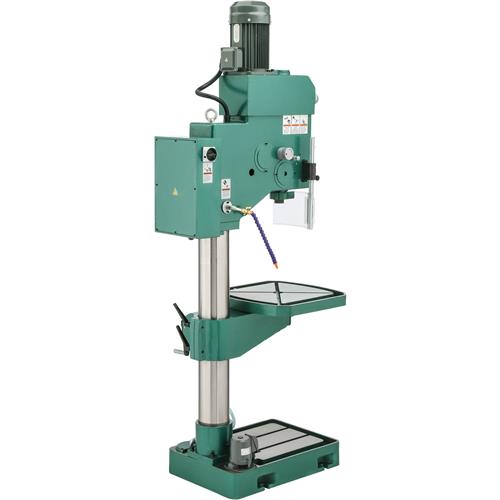
Beyond the Bang: Why Using a Hammer for Screwing Is a Fast Track to Frustration
In the world of DIY and construction, the right tool for the right job is a mantra that echoes through the workshops and job sites. However, a common misconception persists – the idea that a hammer can double as a screwdriver. In this exploration, we unravel the reasons why using a hammer for screwing is not just a suboptimal choice but a pathway to potential pitfalls.
1. Precision Matters: The Role of Torque in Screwing
At the heart of the matter lies the concept of torque – the rotational force that drives screws into various materials. A hammer, designed for impact and forceful blows, lacks the finesse required for controlled torque application. Attempting to use a hammer for screwing jeopardizes the precision needed, leading to stripped screw heads, damaged materials, and a frustratingly uneven finish.
2. Stripped Threads and Compromised Grip: The Downside of Impact Forces
Screws are engineered with specific thread patterns to provide optimal grip and stability. Using a hammer introduces uncontrollable impact forces that can easily strip the threads on both the screw and the receiving material. This compromise in grip not only weakens the connection but also increases the risk of the screw loosening over time, resulting in structural instability.
3. Damage to Materials: From Shattered Wood to Bent Metal
Different materials require different handling, and the forceful blows of a hammer are often too aggressive for delicate surfaces. When driving screws into wood, for instance, the impact can cause splintering and even shattering. In metal applications, the risk of bending or warping the material is significantly higher, leading to compromised structural integrity.
4. Efficiency Takes a Hit: Slower Progress, More Effort
Screwing with a hammer is a laborious process that hampers efficiency. The lack of a controlled rotational motion means each screw must be painstakingly turned by hand, consuming more time and effort than necessary. This inefficiency becomes particularly apparent in large projects where speed and precision are paramount.
5. Safety Concerns: A Recipe for Accidents
Attempting to use a hammer for screwing introduces safety hazards. The lack of control over the screwing process increases the likelihood of slips and accidental injuries. Additionally, the impact forces can cause the screwdriver bit to disengage suddenly, posing a risk not only to the user but also to nearby individuals and surroundings.
6. The Right Tool for the Right Job: Embracing Precision
In the toolbox of any DIY enthusiast or professional tradesperson, precision is the key. Acknowledging that each tool has a designated purpose fosters efficiency, safety, and the longevity of both tools and materials. Investing in a quality screwdriver or power drill equipped with the appropriate bits ensures a smoother, more precise screwing experience, elevating the overall quality of the project.
Conclusion: Navigating the Toolkit with Wisdom
In summary, the allure of using a hammer for screwing is overshadowed by the practical drawbacks and potential dangers it presents. Choosing the right tool for the task at hand not only enhances efficiency but also preserves the integrity of materials and promotes a safer working environment. As we navigate the toolkit, let's embrace precision, acknowledging that each tool has its unique role in crafting a masterpiece.